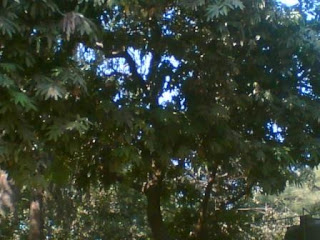
INDIAN PODOPHYLLUM
Kingdom: Plantae
Division: Magnoliophyta
Class: Magnoliopsida
Order: Ranunculales
Family: Berberidaceae
Genus: Podophyllum
Species: P. hexandrum
COMMON NAME:-Banbaigan, Papri, Venivel, Padwal
Nature:- it’s a erect herb with a creeping rootstock.
Flower:-Flower bearing branch is erect, leafy at the top: leaves two with 15-25 cm diameter, deeply divided in 3-5 lobes. Flowers 2.5 -5 cm diameter, white or pinkish, with cup shaped, usually solitary.
Fruits:-Fruit ovoid, 2.5 -5 cm scarlet.
Medicinal uses:-The dried rhizomes of the plants are used in medicine .
The rhizomes contains a resin podophyllin. It is purgative: its action is slow but severe and a large doses can cause acute irritation and griping..








